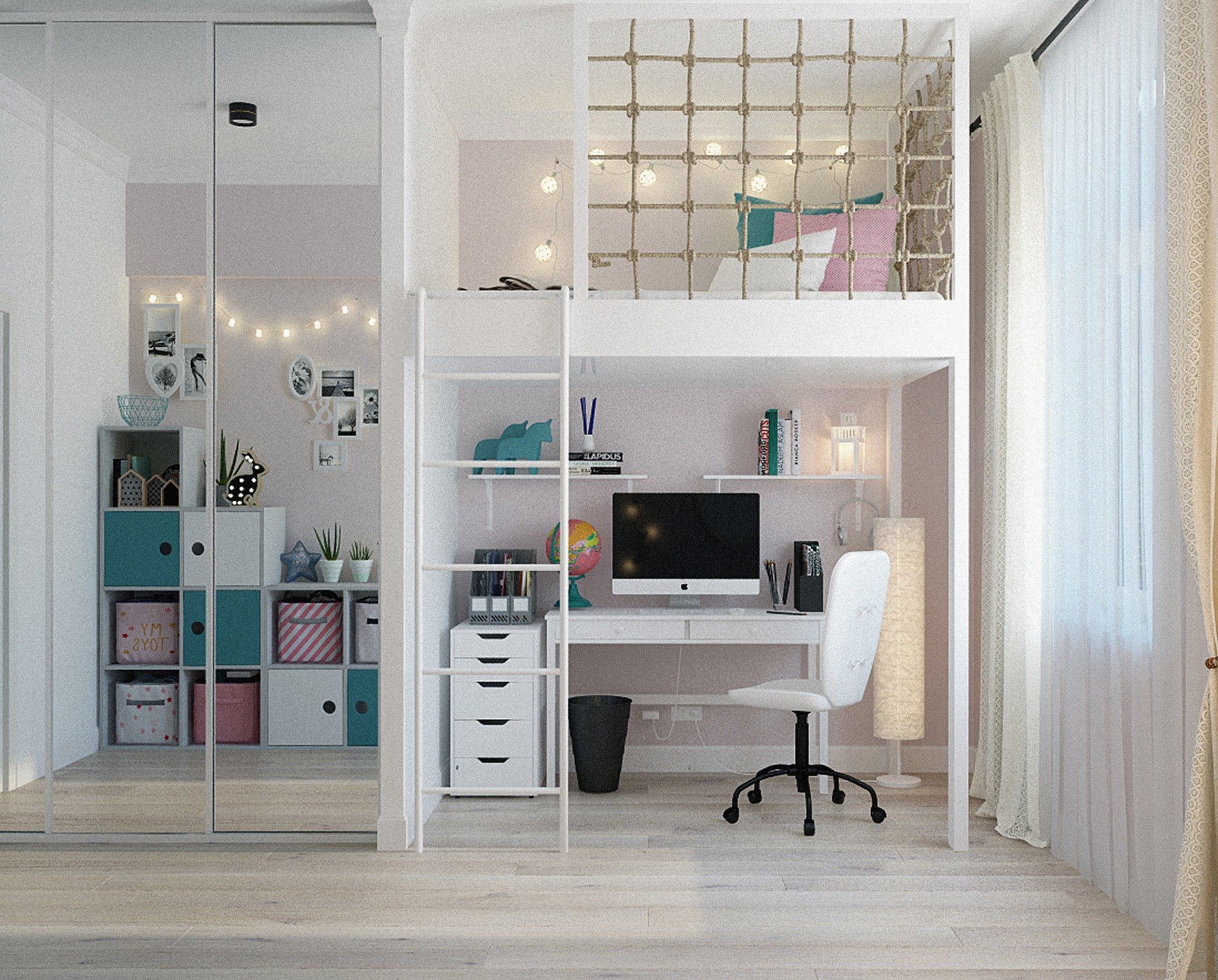Understanding Autism and Door-Locking Behavior: Autism Locking Bedroom Door

Locking a bedroom door might seem like a simple act, but for an autistic individual, it can be a complex behavior with deep-rooted reasons. It’s not about being “difficult” or “rebellious”; it’s often a way to manage sensory overload, anxiety, or a need for control in a world that can feel overwhelming.
Sensory Sensitivities and Anxiety
Sensory sensitivities are common in autism, and loud noises, bright lights, or strong smells can be overwhelming and distressing. Locking the door can create a barrier, offering a physical and psychological buffer from these sensory triggers. This can provide a sense of calm and safety, allowing the individual to regulate their senses and reduce anxiety.
For example, an autistic individual might lock their door to minimize noise from siblings or family members, creating a quieter space where they can focus or relax.
Additionally, anxiety related to social interactions or unexpected changes can be intensified in autistic individuals. Locking the door can create a sense of privacy and control, offering a safe haven where they can feel secure and less vulnerable.
Control and Safety
Locking the door can be a way for an autistic individual to exert a sense of control over their environment. It can provide a feeling of autonomy and security, especially in situations where they feel overwhelmed or anxious.
For example, an autistic individual might lock their door to ensure their privacy and prevent unwanted intrusions, especially if they are sensitive to social interactions or changes in routine.
It’s important to understand that door-locking behavior in autistic individuals is not a sign of rebellion or a deliberate attempt to isolate themselves. It’s often a coping mechanism to manage sensory overload, anxiety, and a need for control.
Impact of Door-Locking on Individuals and Relationships

Locking a bedroom door can be a complex issue, especially for individuals with autism. It’s crucial to understand the potential emotional and social implications of this behavior, as well as its impact on family dynamics.
Emotional and Social Implications
The decision to lock a bedroom door can stem from various factors for individuals with autism. It might be a way to manage sensory overload, create a safe space, or express feelings of anxiety or discomfort. It’s important to remember that locking a door is often a coping mechanism and should be approached with empathy and understanding. However, the act of locking the door can also lead to feelings of isolation, loneliness, and a sense of being misunderstood. This can create a barrier to social interaction and potentially impact their overall well-being.
Impact on Family Dynamics, Autism locking bedroom door
Door-locking behavior can significantly impact family dynamics. It can create a sense of distance and tension, leading to misunderstandings and strained relationships. Family members may feel excluded, worried, or frustrated. This can lead to conflicts and create a challenging environment for everyone involved.
Strategies for Fostering Communication and Understanding
Open and honest communication is crucial in addressing this behavior. Here are some strategies for fostering understanding and building positive relationships:
- Active Listening: Encourage open communication by actively listening to the individual’s perspective without judgment. Try to understand their motivations and concerns.
- Respecting Boundaries: While encouraging interaction, respect their need for privacy and personal space. It’s essential to find a balance between encouraging connection and respecting their need for solitude.
- Collaboration: Work together to find solutions that address both the individual’s needs and the family’s concerns. This could involve creating a visual schedule, establishing clear expectations, or finding alternative ways to create a sense of safety and security.
- Professional Support: Seek guidance from therapists, autism specialists, or other professionals who can provide support and strategies for managing door-locking behavior and building healthy relationships.
Approaches to Addressing Door-Locking Behavior

Door-locking behavior in autistic individuals can be a complex issue, often stemming from a need for control, sensory sensitivity, or anxiety. Addressing this behavior requires a compassionate and understanding approach, focusing on creating a safe and comfortable environment while fostering open communication.
Communicating with the Autistic Individual
Effective communication is crucial for understanding the underlying reasons behind door-locking behavior.
- Active Listening: Engage in active listening to understand their perspective and motivations. Avoid judgment or criticism, and focus on validating their feelings and experiences.
- Open Dialogue: Initiate conversations about their need to lock the door, asking open-ended questions like, “What makes you feel safe when the door is locked?” or “What are you trying to achieve by locking the door?”
- Visual Supports: For individuals who benefit from visual aids, use visual schedules or social stories to illustrate acceptable and unacceptable door-locking behavior.
- Respecting Boundaries: Recognize that individuals with autism may have different levels of comfort with physical touch or proximity. Respect their personal space and boundaries when discussing sensitive topics.
Creating a Safe and Comfortable Environment
Creating a safe and comfortable environment can significantly reduce the need for door-locking behavior.
- Sensory Regulation: Identify and address any sensory sensitivities that may contribute to anxiety or stress. This could involve creating a calming space with soft lighting, comfortable seating, and soothing sounds.
- Predictability and Routine: Establish consistent routines and predictable schedules to reduce anxiety and enhance feelings of security.
- Clear Expectations: Clearly communicate expectations regarding door-locking behavior, using visual aids if necessary.
- Positive Reinforcement: Reward desired behaviors, such as leaving the door unlocked or communicating their needs in a non-disruptive manner.
Establishing Security and Trust
Building a strong sense of security and trust is fundamental to addressing door-locking behavior.
- Consistency and Reliability: Demonstrate consistency in your actions and words, building a sense of trust and predictability.
- Empathy and Validation: Acknowledge and validate their feelings and experiences, even if you don’t fully understand them.
- Respecting Privacy: Respect their need for privacy and personal space, even if it means allowing them to lock the door occasionally.
- Building Trust Over Time: Trust is built over time through consistent positive interactions and a genuine desire to understand their needs.
